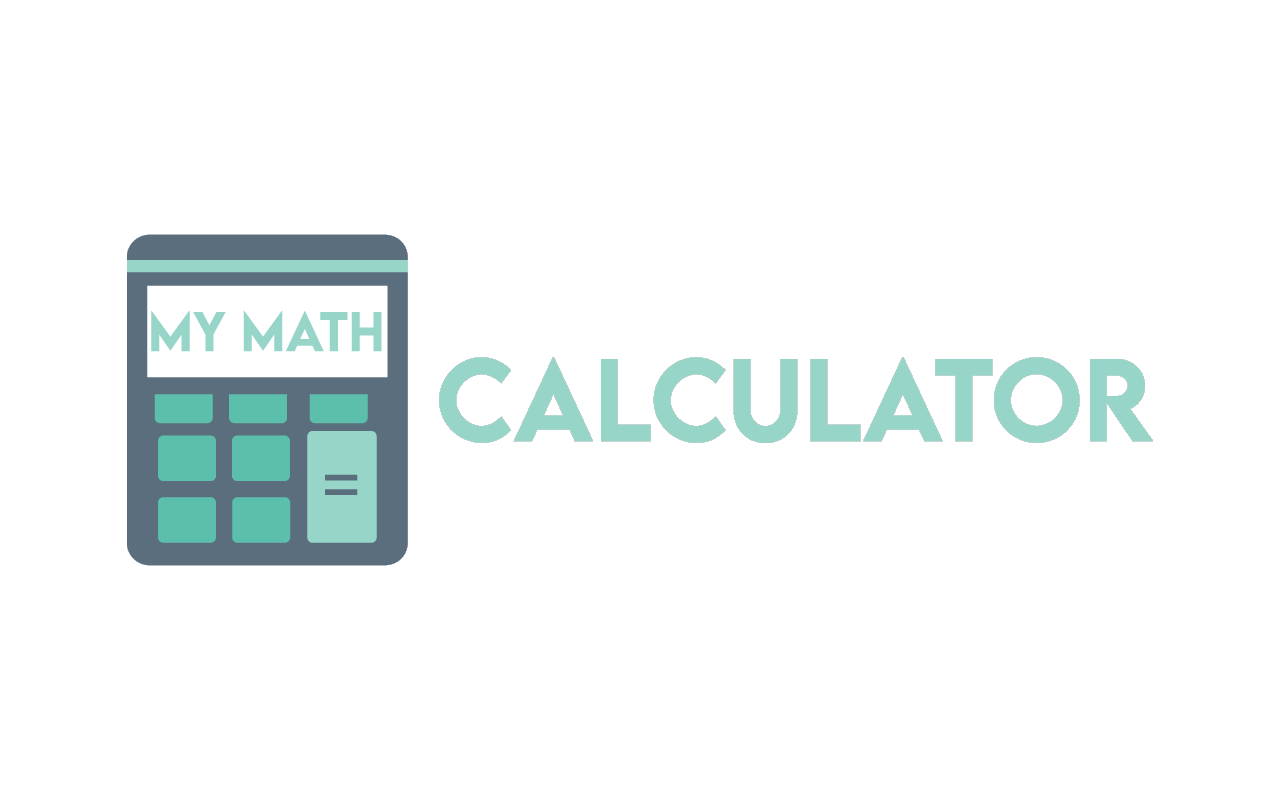
- =
What is Subtraction?
Subtraction is a mathematical operation. That represents the activity of removing an object from a collection. Subtraction is denoted by the (-) sign. Therefore, the difference between 5 and 2 is 3 (that is, 5 - 2 = 3). Although primarily mathematically associated with natural numbers, subtraction can also represent the removal or reduction of physical and abstract quantities using a variety of objects including negative numbers, fractions, irrational numbers, vectors, decimals, functions and matrices.
Subtraction follows several important patterns. It is anticommutative, meaning that the answer mark changes when the order changes. It is also not a collaborator. When someone subtracts more than two numbers, the order in which they are subtracted is important. Because 0 is an additive identity, its subtraction does not change any number. Subtraction also adheres to predictive rules related to operations, such as addition and multiplication. Following these patterns, common binary operations are studied in abstract algebra.
In elementary school, for example, students are taught to subtract numbers in a decimal way, starting with single numbers and dealing with increasingly difficult problems.
Notation and Terminology:
- (2 - 1 = 1)
- (4 - 2 = 2)
- (4 - 6 = - 2)
- (6 - 3 = 3)
There are some situations where subtraction is (understood), although no symbol is seen:
A column of two numbers, the lower number of which is red, usually indicates that the number below the column must be subtracted, with the difference written below one line. This is most common when it comes to accounting.
The number being subtracted is called a subtrahend. While the number from which it is subtracted is called a minuend.
All of these terms come from Latin. (Subtraction) is an English word. “Subtraction” come from the Latin verb “subtrahere”.
Subtraction in Special Circumstances: Zero and Negative Numbers
If we make a simple addition, we might rely on it in our head or on our fingers. When we subtract, especially if it has a negative number, it helps us to imagine that we are moving along a certain line. If we start from zero, each step adds a number to the front, each step takes a step backwards. The most important thing to remember is that we always face the positive side. It can be helpful for you to feel like your line is going up and down a staircase, each ring is a number. Or maybe you’re more familiar with traveling up and down a high-rise block in an elevator, where zero is on the ground floor, positive numbers are on the ground, and negative numbers are in the basement.
Properties
Anti-Commutativity:
Subtraction is anti-evolutionary, meaning that if someone reverses the terms in a left-to-right difference, the result is negative for the original result. If a and b are any two numbers a − b = − (b − a).
Non-Associativity:
Subtraction is non-cooperative, which comes with repeated attempts to define subtraction. In general, the a − b − c)
The meaning of (a − b) − c or a − (b − c) can be defined, but these two possibilities give different answers. To solve this problem, one must establish an order of operations, different results can be obtained with different orders.
Predecessor:
In the case of integers, a subtraction also plays a special role: for any integer, a is an integer greater than the integer (a - 1) a which is also known as the predecessor of a.
Units of Measurement
When subtracting two numbers with a unit of measurement like kilograms or pounds, they must have the same unit. In most cases, the difference will be as single as the original number.
Percentages:
Changes in percentages can be reported in at least two forms, percentage changes and percentage point changes. The percentage change represents the relative change between the two quantities as a percentage. While the percentage point change is the number obtained by subtracting only two percent.
Conclusion:
Let us go back to the number line. So that we can understand more easily. We know that we have to go backwards (negative side). Because, we are doing a subtraction. But we have a negative number to subtract, so we must turn to explain it. We then moved back 6 places to reach our north. Turning around and then backwards (two negatives), the overall direction of our journey is a positive aspect, we have made an addition.
Subtracting a negative number is an abstract idea and you may think that it doesn't really happen in everyday life. After all we can’t hold a negative number of apples or pour a negative amount of coffee. However, it is very important for mathematical concepts like vectors. A vector has directions as well as measurements. For example, it doesn’t matter how far a boat has traveled, but we also need to know the direction it has traveled.
